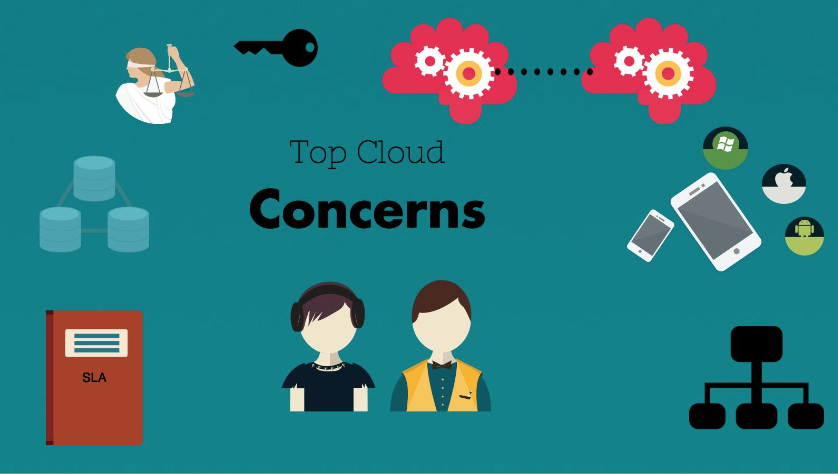A call from the Swedish IT publication “CIO Sweden” triggered this post. A lot of the questions I receive in my role as a Cloud expert circulate around the silver bullet question “why is it taking so long for everyone to move to the Cloud?”. Now. “Everyone” is of course a coarse generalization. Sure, there are quite a few organizations that have already started to transition to the Cloud. But many are still holding on… And, as usual, the question warrants not just one, but many answers. I’m contracted by #ETSI to do work within the EC founded project “Cloud Standards Coordination”, phase 2 (#CSC). Currently, we’re analyzing the results of an ongoing web survey. The purpose of the survey is to gauge the current status of standards, but also to try to understand what the Cloud users see as potential and concerns when transitioning to the Cloud.
Some recurring Cloud adoption blockers and concerns found in the survey are:
- Security: top issues are data protection, data integrity, data accessibility, Secure Identity and Access Management (IAM) in multi Cloud environments (Authorization and Authentication), data storage, data location and PII.
- Vendor lock-in: uncertainties on the support for moving data and services from one Cloud provider to another without significant efforts are seen as main concerns. This, of course, relates to the seemingly immature and unknown support for interoperability and portability in Cloud scenarios.
- Legislation: understanding the implications of existing AND future data protection legislation, domestically and across geographies (e.g. within the European Union) on Cloud Computing create challenges.
- Service Level Agreements (SLA): the way we use and provision IT using Cloud Computing as the platform calls for new ways of organizing the SLA. New concepts, new delivery models and service categories are reshaping the content of the SLA. What are the metrics applied to monitor and gauge the Cloud service delivery?
- Existing IT investments: obviously, simply scrapping IT investments in legacy made over several years in most cases would render a really poor business case. The ROI for dropping existing systems going Cloud all-in would have to be super great for this to happen…
- Availability of knowledge and a Cloud Ready organization: are your organization “Cloud Ready”? No, this does NOT only entail securing that the right technology is in place. You would also need to secure that the organization is fully prepared, from an organizational, skills set and process adoption point of view. This, in itself, is obviously a daunting task…
- Information, information, information: so, you got your service oriented architecture in place. The apps are broken up from monoliths to run as apps, services or even micro services. You’re developing based on the “Mobile First” concept. All development is done based on self sufficient agile teams with full end-user involvement. Great. But what about the information? Is it fully typed, categorized, classified and prioritized according to criticality? Are the data and information models up to date? Are the Conceptual models supported by physical storages schemes that are flexible enough to be broken up, provisioned and run in different environments? For most organizations, the answers to most of these questions are “no”. Having full control of your data is a must for a secure and controlled transition to the Cloud.
In part 2, I will discuss and elaborate on some easy steps you can take to start your /safe/ journey to the Cloud and some important ongoing activities resulting in Cloud related progress that you can soon harvest the benefits from. Stand by for more information.



Senaste kommentarer